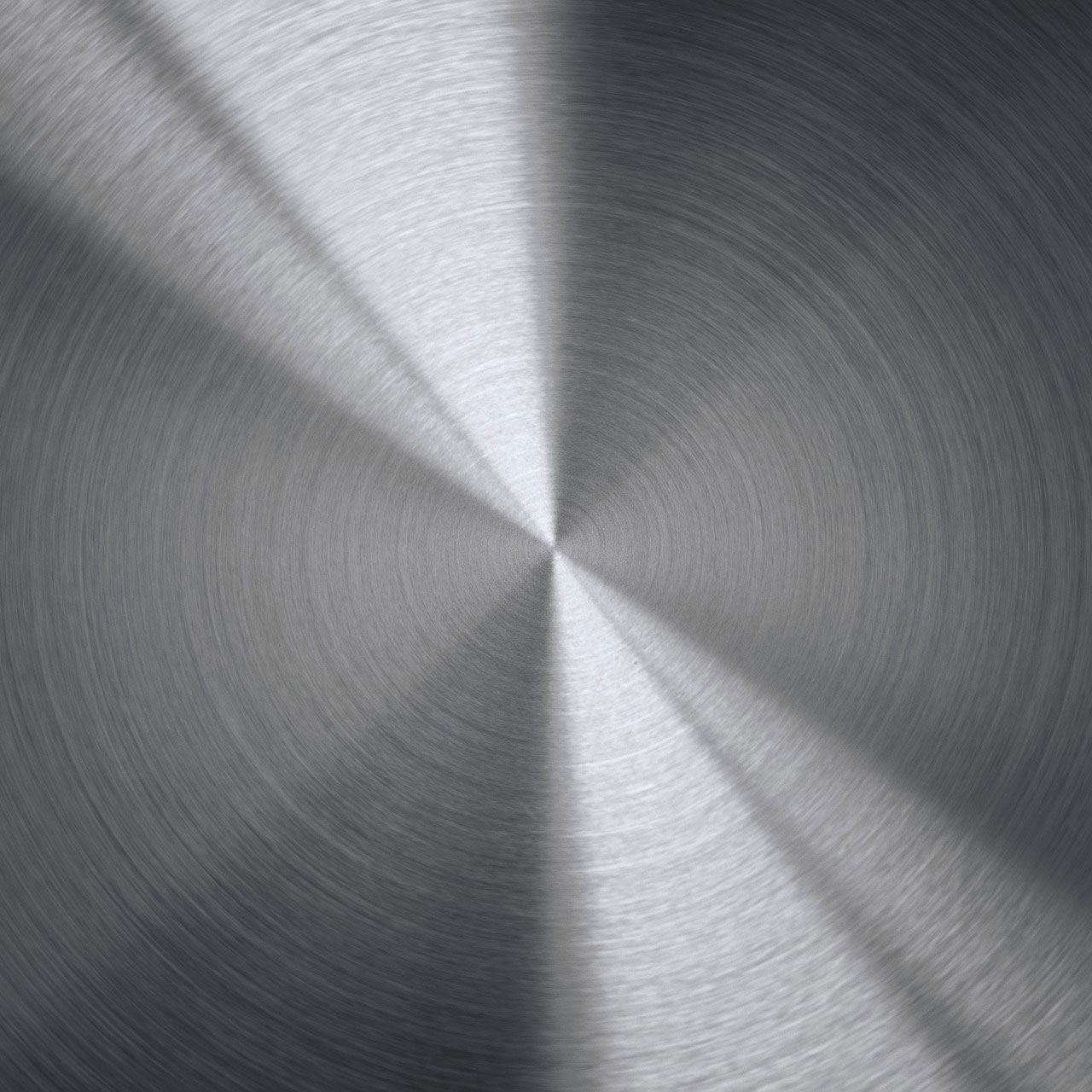Capacitor discharge stud welding
Capacitor discharge stud welding with tip ignition is used to weld predominantly pin-shaped metallic parts with a diameter of approx. 1 to 10 mm onto mostly thin sheets of 0.5 to approx. 3 mm. It is divided into two methods, contact welding and gap welding.

The difference
The gap method differs from the contact method in that after the button is pressed, the bolt is lifted by a lifting magnet in the gun to a preset stroke or gap and then accelerated towards the workpiece by spring force.
Contact welding
The contact method is preferably used for stainless steel and unalloyed and zinc-coated sheets (15µ). The welding stud is inserted into the stud holder and placed on the workpiece surface with the manual gun or the automatic welding head. A compression spring in the welding gun presses the stud with the ignition tip, which is characteristic of capacitor stud welding, onto the workpiece. By pressing the trigger button on the welding gun, the energy stored in the capacitors is released via a thyristor. The ignition tip of the bolt heats up so much that it suddenly melts and partially evaporates. The resulting arc completely melts the end of the stud and the workpiece. After a welding time of just 1-3 ms and a welding current of up to 15,000A, the stud and base material are homogeneously bonded and only have a very small melting zone of a few tenths of a millimeter. This allows studs to be welded to very thin sheets without annoying markings or discolouration becoming visible on the back.

The splitting process
The gap method differs from the contact method in that after the button is pressed, the bolt is lifted by a lifting magnet in the gun to a preset stroke or gap and then accelerated towards the workpiece by spring force. The arc ignites as soon as the firing tip of the stud touches the workpiece. The arc burning time or welding time can be changed by adjusting the gap size; however, this is generally shorter than with the contact method. The splitting process is therefore preferred for materials with a low melting point, such as aluminum or brass. The welding time is a maximum of 1.5 ms and the melting zone is even smaller than with the contact method. However, even more attention must be paid to a clean workpiece surface, which must be free of galvanic coatings, oil, rust or scale.




